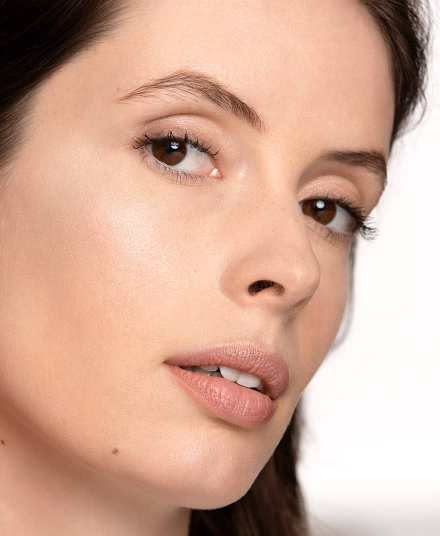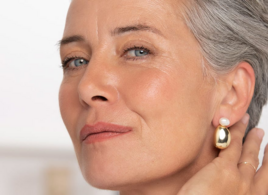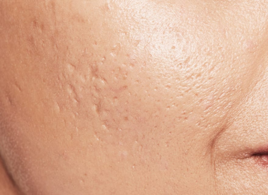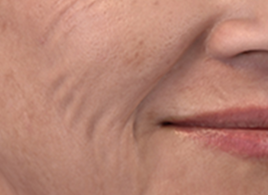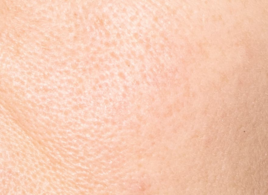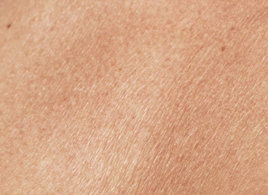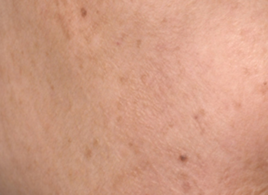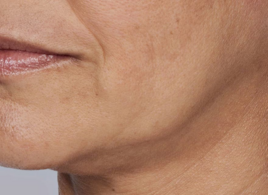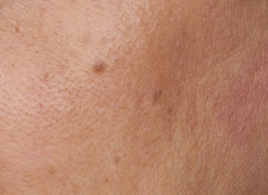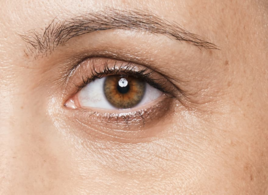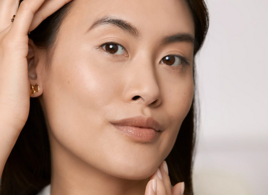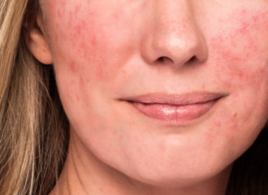Wear sunscreen (we mean it)
We all love that summertime sun-kissed look. But too much sun exposure can have the opposite effect. Make sure you’re protecting your skin with SPF 30 – every. single. day.
Eat your vegetables
Avoid foods that are high in sugar, saturated fat and salt. Opt for plenty of fruits, veggies and healthy fats instead to ensure you’re getting the nutrients your skin needs.
Drink up
Drinking plenty of water is a key driver for overall health, and our skin’s health is no exception. In fact, studies have proven that drinking water is essential to deep skin hydration.1
Get a good night’s sleep
Those who don’t get enough Z’s at night have significantly higher signs of skin aging, reduced barrier function and less overall satisfaction with their skin’s appearance.2



